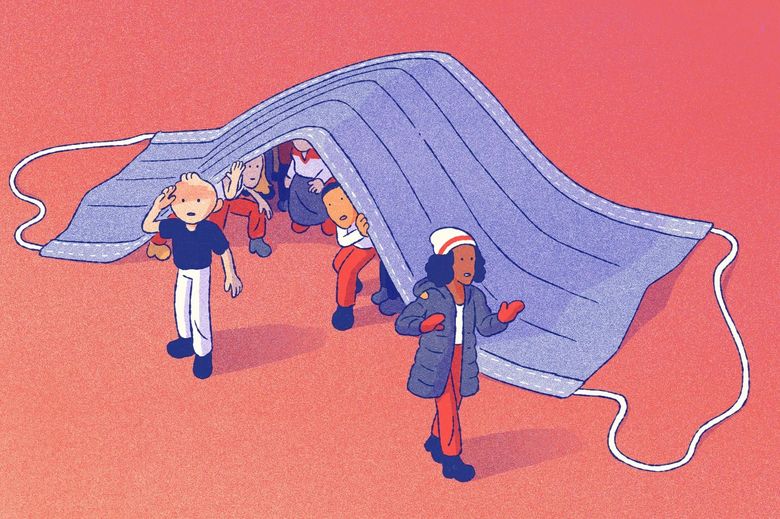Jennylyn Pace is a critical care nurse working through the COVID-19 pandemic in Yakima. She cares for gravely ill patients, some of whom remain hospitalized for weeks at a time, and tries hard to treat them with dignity in shifts that may run 16 hours. Many die, and she hates what must happen next.
She sprays their faces with disinfectant, and covers them with washcloths to decrease the risk that the virus — even after death — could spread to others. Only then, can she place them in a body bag.
“It feels so undignified and it’s just so hard,” Pace said in an interview with reporters at the end of June, to describe her marathon of COVID-19 work in a county that — even with some encouraging drops in new cases during the past week — continues to experience one of the highest infection rates of any in the western United States.
Pace works at Virginia Mason Memorial Hospital in Yakima, which had a rising COVID-19 count for much of the spring that peaked during the third week of June and resulted in increased transfers of patients to Western Washington hospitals. A June forecast called for a continued sharp rises in COVID-19 cases through the middle of July.
But surveys indicate that more people in Yakima County are wearing masks, and that plus other efforts of social distancing may be starting to have an effect. The hospital cases, as of Tuesday, had declined to 37 patients, more than a third of whom are on ventilators.
“We are cautiously optimistic … but can’t be complacent and think we’re out of this. We still have a long ways to go,” said Dr. Tanny Davenport, a hospital physician.
Pace is one of those most intimately involved in the care of COVID-19 patient at the Yakima hospital, and for her and other critical care nurses, staffing shortages have required longer stints in the hospital. Some nurses have gone home at 7 p.m. only to return for a 3 a.m. shift, according to Pace.
Early on in the pandemic, the gravity of taking care of COVID-19 patients left her emotionally distraught as she would have to hold iPads by her patient’s bedside so that families could offer their last goodbyes.
“I think that I can speak for myself, and a lot of my colleagues — the first two or three weeks was the most difficult. I think all of us cried every day, either at home or work,” Pace said.
Now, the routines of COVID-19 care have become disturbingly normal.
Once she dons all her protective gear, she may be in a patient’s room for three sweat-filled hours, maneuvering around intravenous lines, to prepare a patient for a breathing tube.
Unlike in the spring, she is able to help the families suit up in full protective gear for bedside visits. That’s an improvement but still there are big limitations. She had to turn down a hug from a daughter who wanted to thank Pace for the care of a gravely ill mother. “I couldn’t hug her and say I was sorry. Instead, we just had to keep our distance,” Pace recalled.
Pace was born in the Philippines, came to the United States at the age of 3, and faced deportation hearings at the age of 15 until she gained protection under DACA — the Deferred Action for Childhood Arrivals program. Now married and a U.S. citizen, she likes to get rid of stress in her time off with exercise — running, hiking, rock climbing, lifting weights, kayaking and paddleboarding.
In May, she enjoyed what she called a “magical week off” from the hospital. As she made her way around this south central Washington city amid the unfolding spring season, she could understand why some people in the county had a hard time thinking that the pandemic was real.
Then she went back to the unit.
“It did just hit me like a bus when walked back through those hospital doors because it is very real,” she said. “People are dying too much, too often.”

